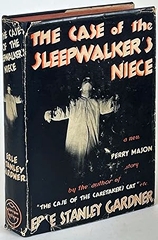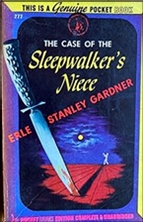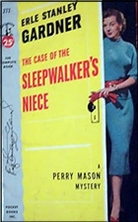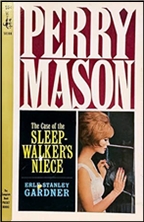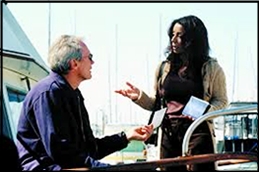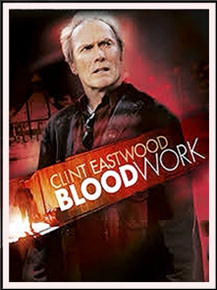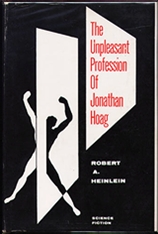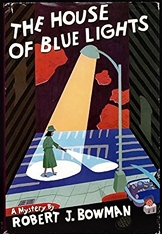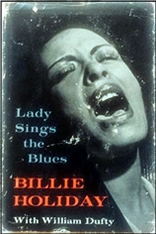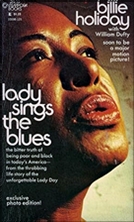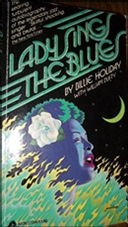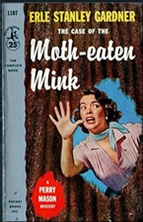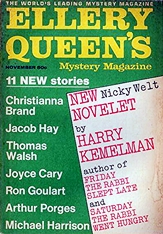Tue 26 Aug 2025
ELLERY QUEEN – The House of Brass. Ellery Queen #32. [Said to have been plotted by Frederick Dannay and written by Avram Davidson. (See Comments #2 and #4.)] New American Library, hardcover, 1968. Signet, paperback, 1971. Several reprint editions followed.
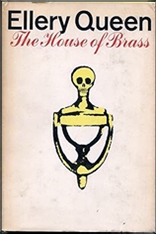
Ellery returns from an overseas vacation at the beginning of the last chapter, in which the case’s solution finally comes out, thanks to Ellery’s deductions. I might say that Ellery makes it too easy, without substantial indications pointing to the identity of the missing heir, but the mystery, artificiality and all, makes up for it.
Before that, in the beginning, Inspector Queen and Jessie, his recent bride, receive a strange note inviting them to the ancestral home of the Brass family, The old man, the lone survivor, has brought prospective heirs-to-be together in one spot, before completing his will, with what he says is a legacy of $6,000,000. Once the will is made, you know he hasn’t long to live. Who is the murderer, and where is the money?
Ellery’s father asks the assistance of several old cronies, like the Inspector, all required to retire from the force because of age, But the Inspector doesn’t fare very well. He does discover the dream of gold is actually one of mere brass, but an alibi keeps the case from being closed.
Now maybe Ellery, having read many mysteries, realizes that the missing heir has to be a clue, as should any devotee of the genre. But is this any way to solve a mystery?
Rating: ****
